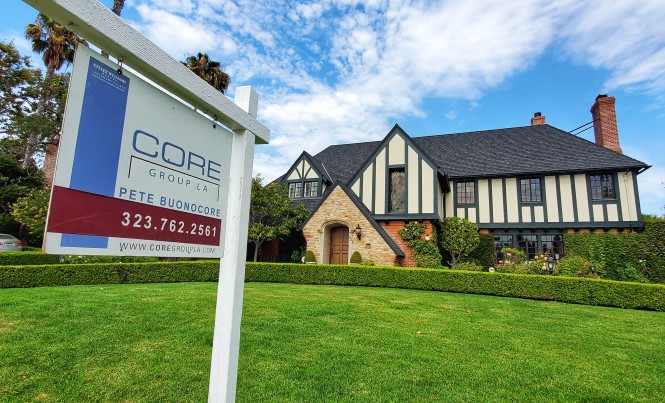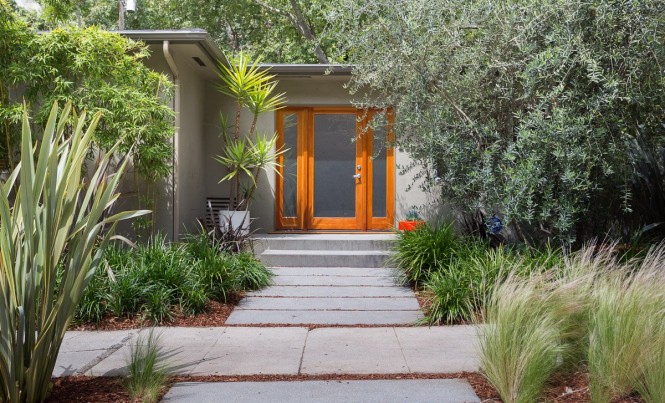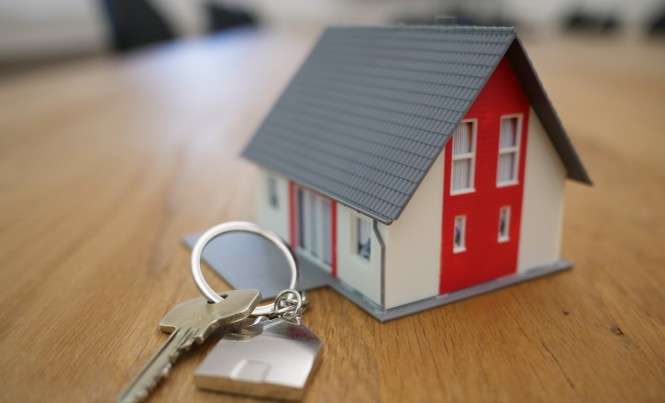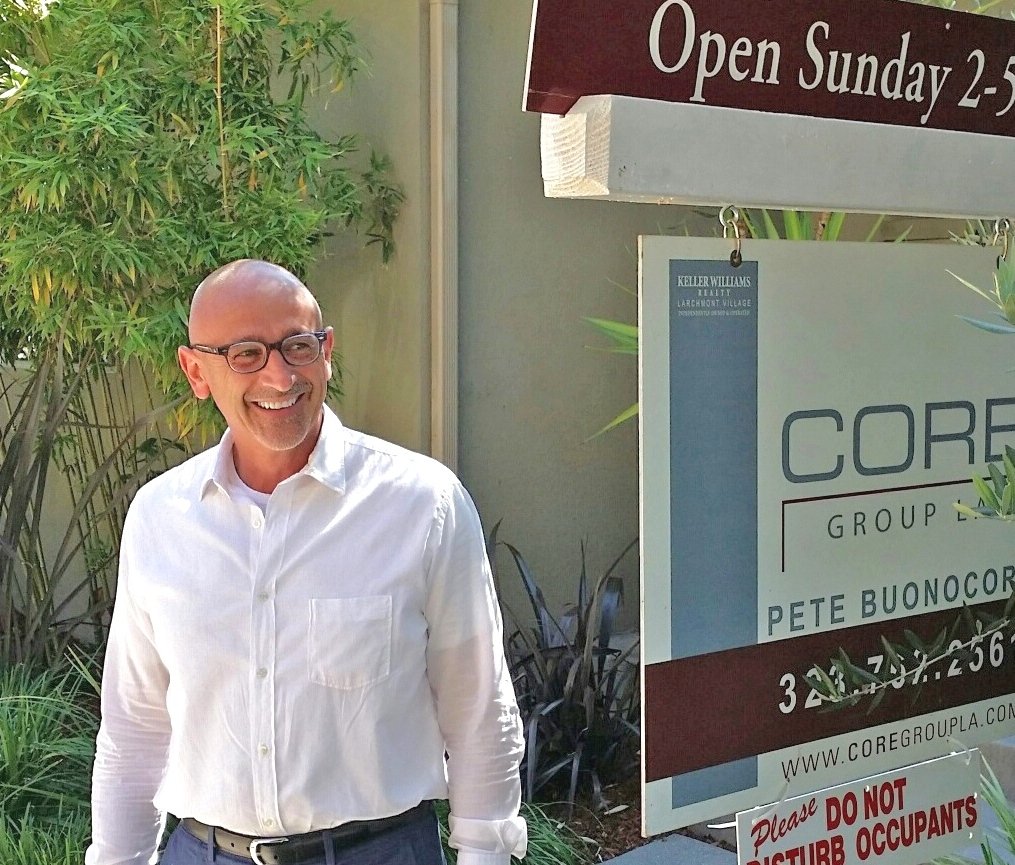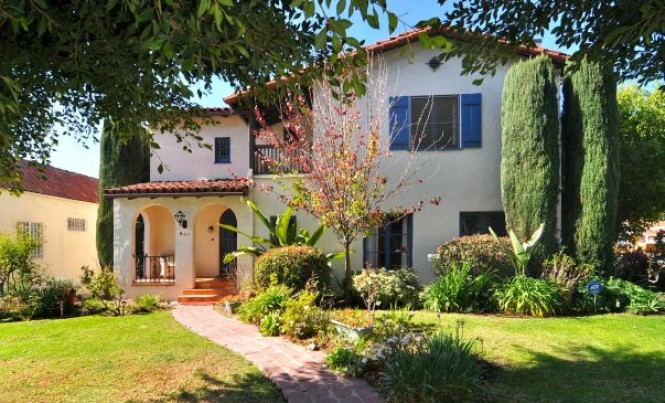
Four signs that buying a house in this market will lead to buyer’s remorse
WRITTEN FOR NERDWALLET .COM
It’s a tough time to be a homebuying hopeful. Sellers rule this market, and potential buyers are battling with one another over a high-price handful of homes. Buying a home is a weighty, long-term decision, and buying right now could lead to long-term regrets.
Roughly two-thirds (67%) of Americans who recently purchased their home say they have regrets, according to an August NerdWallet survey conducted online by The Harris Poll among 450 homeowners who bought their home in the past five years.
There are many reasons a buyer might regret their home purchase, or aspects of it. And in 2021, even more than in the past five years as a whole, the risk of buyer’s remorse is high. The heavily tilted seller’s market means most buyers are making sacrifices in order to successfully close on a home. Understanding the risks inherent in buying now can help either avoid future regrets or postpone the purchase until the stakes are lower.
Here are four potential regret traps of the current market and how to guard against them.
1. Rushing decisions in a frenetic real-estate market
Homebuying shouldn’t be rushed. But buying a house now is a frantic endeavor. Buyers are seeing homes hit the market and go under contract before they can even schedule a showing. Over the past five years, homes have typically been on the market for 41 days. As of July 2021, they’re available for 18 days, according to data from real-estate brokerage Redfin, which measures days on market as the time between a home being listed and it moving to pending or off-market. The speed at which homes enter and exit the market has been accelerating since June 2020.
Regret-busting tip: Potential buyers must act fast, but when the pressure is on to move quickly in a decision as weighty as homebuying, you need a game plan. Before jumping into the market, organize your budget and your wish list. Get specific: Know which features you’re willing to compromise on and what’s out of bounds in regards to sales price. Making decisions such as “Do we really need a third bedroom?” or “Can we afford another $50,000?” on the fly is risky, at best. Know how you’ll answer those questions before you begin.
2. Sacrificing big just to snap up something
The supply of homes being offered for sale is paltry, so buyers are unlikely to find one that satisfies their wish list. Being flexible is a must in this market, but sacrificing too much could leave you with a home that’s a far cry from the one you envisioned.
The number of homes on the market has fallen by about 55% from September 2019, when it last peaked, according to residential listing data from Realtor.com. In March and April this year, inventory fell below half a million active listings after a three-year average of 1.3 million from 2017 through the end of 2019.
Regret-busting tip: What’s more important to you: buying a home or buying a home that checks off most items on your wish list? If the former, you may be successful in this market. However, if you have your heart set on a specific home type in a specific neighborhood, you may want to wait until there are more listings to choose from.
3. Competing with a win-at-all-costs attitude
Competition is brutal for the limited number of homes, and sellers are fielding multiple attractive offers. The average number of offers on sold homes peaked at just over 5 in April this year, and while it has fallen back down to 4.5, that’s still two more offers than homeowners typically saw in the pre-pandemic market, according to data from the National Association of Realtors.
Waiving contingencies, upping their offer price, writing love letters to sellers — buyers are having to work harder than ever to make their offer stand out from the rest. And even when they do all these things, they may be up against an unusual number of potential buyers making all-cash offers.
When pitted against an all-cash offer for asking price or above, buyers who must borrow might try to entice the seller by taking dangerous risks, like forgoing a home inspection. But 10% of homeowners who have purchased in the past five years regret not getting a pre-purchase home inspection, and 13% of these recent buyers say they regret discovering their home had significant problems in need of repair, according to the new NerdWallet survey.
Regret-busting tip: Winning isn’t everything. Don’t let the competition pressure you into forgoing important protections or going over budget. Know before you make an offer how far you’re willing to take it. Make an agreement with yourself, your partner or your real-estate agent that you’ll be willing to walk away at a certain threshold — whether it’s a dollar amount in a bidding war or problems uncovered at inspection — and then get used to the idea that you may have to walk away from several homes before you ultimately close on one.
4. Stretching the budget to the breaking point
While low mortgage rates save buyers considerably over the life of a home loan, they can’t always make up for a too-high sales price. Hot competition on a limited supply is propelling prices up, which is bound to push some buyers past a reasonable budget.
Five years ago, in July 2016, homes were selling for $245,100, or $278,100 in today’s dollars, according to data from the National Association of Realtors. Now, the typical sales price is $360,000, nearly $82,000 more. Incomes have not kept up.
What this means is a buyer’s money won’t go as far today. Add to that the ongoing costs of homeownership, and it’s clear how quickly home buyers can get in over their heads.
WRITTEN BY ELIZABETH RENTER FOR NERD WALLET .COM

